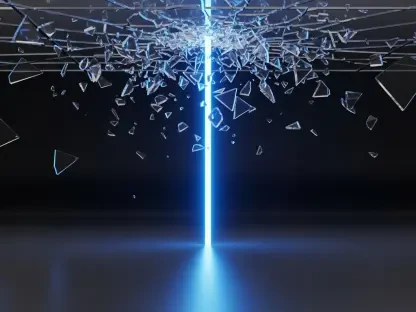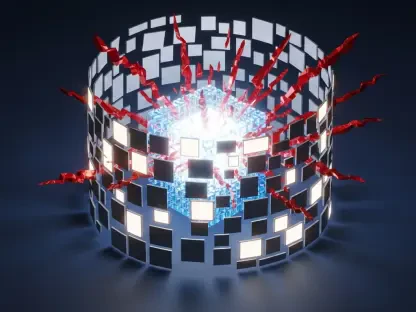A groundbreaking study led by Tom Hudson from ETH Zürich, presented at the Seismological Society of America’s Annual Meeting, successfully utilized fiber optic cables to detect seismic signals from crevasse formation on the Gornergletscher glacier in Switzerland. This innovative approach offers new methods for seismic monitoring in harsh environments and has implications for carbon storage and geothermal energy.
Using a dense 2D grid of fiber optic cables, researchers detected 951 icequakes, providing valuable data on glacier stability. These icequakes, critical for understanding glacier dynamics, result from crevasses channeling meltwater, which can accelerate ice flow and melting. Conventional seismic sensors often face deployment challenges in such extreme conditions, making this technological advancement significant.
Seismic signals from icequakes differ from those of tectonic earthquakes and explosions. Glacier crevasses produce a “crack source,” detectable by fiber optics due to the fracture opening in one direction. This method could also monitor similar cracks in carbon storage reservoirs or geothermal systems. Ice, with a well-known velocity structure, proved to be an ideal test environment for this technology.
Deployment during favorable weather ensured optimal coupling of the fiber optic cables with the glacier, with the black fiber melting into the ice during the day and freezing overnight. The technology delivered more data than traditional seismic nodes, capturing a broad range of signal frequencies, including low-frequency signals. Hudson aims to develop a 3D subsurface image of the glacier, quantifying fracture extent and density.
In summary, this study demonstrates the potential of fiber optic cables for advanced seismic monitoring in challenging environments, offering precise data collection and overcoming traditional sensor limitations. This method paves the way for future research and practical applications in more complex geological settings.









